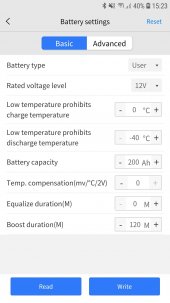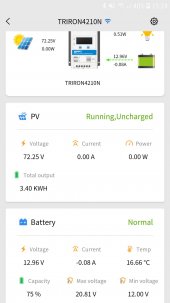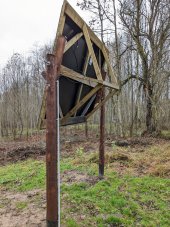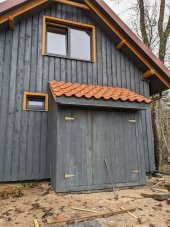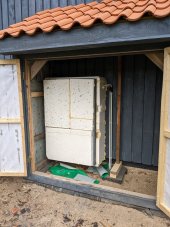TechnoTime
New Member
- Joined
- May 7, 2021
- Messages
- 38
Electric box is pretty much done! Not 100% sure about grounding (I grounded SCC, common negative and AC panel). Not too impressed with my 20w heating pads, so added 3rd + gonna get a heat sink for them.
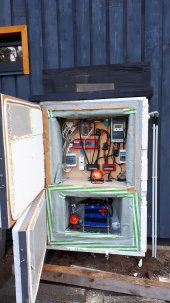
My 2x300w panels bring in around 480w when sunny, 150w when cloudy / tree shade covering and 2w when raining.
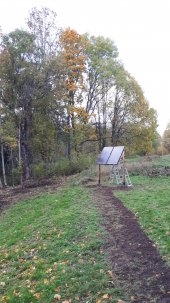
With cabin (which is also DIY project since last Summer with close to 0 experience). Electric box looks super ugly now, but gonna build a shed over it (hopefully this week).
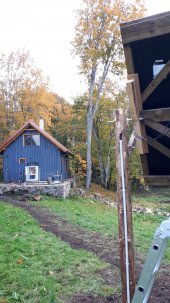

My 2x300w panels bring in around 480w when sunny, 150w when cloudy / tree shade covering and 2w when raining.

With cabin (which is also DIY project since last Summer with close to 0 experience). Electric box looks super ugly now, but gonna build a shed over it (hopefully this week).




